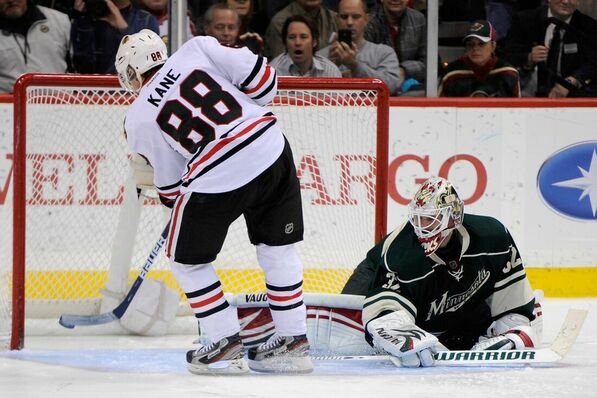By Charlie Goodwin and Owen Swanson
While this would be a pretty big change, I think this would largely increase excitement in hockey. For hockey fans, the sport is already exciting enough as it is, but for hockey naysayers, this could increase viewership of the sport. While on a penalty kill (playing with 4 men instead of 5), the team is allowed to ice the puck (send it all the way down the rink without penalty). This makes it harder for the team on the power play to score, as it takes time to go to the other end of the rink to get the puck everytime it is iced. The worst penalty kill in the NHL last year, the New York Islanders, had a penalty kill percentage of 73.2%. That’s a relatively high number when your team is down a man for a full two minutes. By eliminating the option for the undermanned team to ice the puck, it makes them use more skill and strategy in order to clear the puck out of their zone. Instead of just dumping it down the ice as hard as they can, they’d have to make a few passes to get it out of their zone safely. While it would be hard to accomplish this being down a skater, the penalty kill is supposed to be hard to begin with. This change would certainly decrease the margin for error on the ice and probably lead to a lot more turnovers, which in turn would lead to more goals. More goals generates more excitement for the crowd and viewers, something that hockey lacks right now. On the other hand, a well executed penalty kill could lead to more scoring chances for the shorthanded team, and increase the likelihood of a shorthanded goal. When the Canadiens go on the penalty kill, all I can think about is dumping the puck for two minutes, and the thought of scoring never crosses my mind. The idea that your team could possibly break out for a goal while down a man makes the penalty kill more exciting for the fan. It’s a high risk, high reward situation, but it’s a risk I think that the National Hockey League should take.
Considering the sheer number of pointless complexities to the NHL that make it anywhere from mildly confusing to inaccessible for those not already introduced to the sport of hockey itself, it’s remarkable that it was so easy for me to settle on just one rule I would change. But that’s the NHL; of course there was one rule so illogical that it still rose above the others. (Hint: it decides hockey games in a way other than playing the sport of hockey.)
The shootout degrades the win column itself. This is an indisputable fact, one that’s supported by the NHL’s own tie-breaking rules. When two teams are tied in the standings, the one that has the most regulation and overtime wins (i.e. all wins not resulting from the shootout) is given the higher position in the standings.
Shootouts also decrease the novelty of the penalty shot as a rare, exciting moment in a hockey game.
Getting rid of the shootout would present an opportunity to clear up another confusion the NHL presents to some: the three-point game. When a team wins in overtime or the shootout, they are awarded the usual two points in the standings for a win, but the losing team is also given a single point. This is a consolation for not losing in regulation time and — I would like to think — for losing in a way that isn’t real hockey. The NHL point system for the standing sends the message that losing but taking a long time to do it is half as valuable as a win, and teams play accordingly. If the league were to move to a system of wins, losses, and rare ties, gone would be the days of teams playing conservatively at the end of overtime for a chance at the extra point in a shootout.
My proposal would be to move to a system of 3-on-3 overtime periods in the regular season, followed by a tie. (The length and number of periods before a tie would have to be determined with the objective of achieving a balance between limiting fatigue and limiting ties.) The goal being to reduce the number of ties per season to a level of rarity at which not every single team experiences one in a season, like the NFL (though obviously not to that extreme). Many teams would have only two numbers in their record, and the standings would be based on wins and losses, as the other three major North American professional sports leagues are.
The demise of the shootout would make the league just a little more simple and accessible, and a lot more fair and logical.

 RSS Feed
RSS Feed
